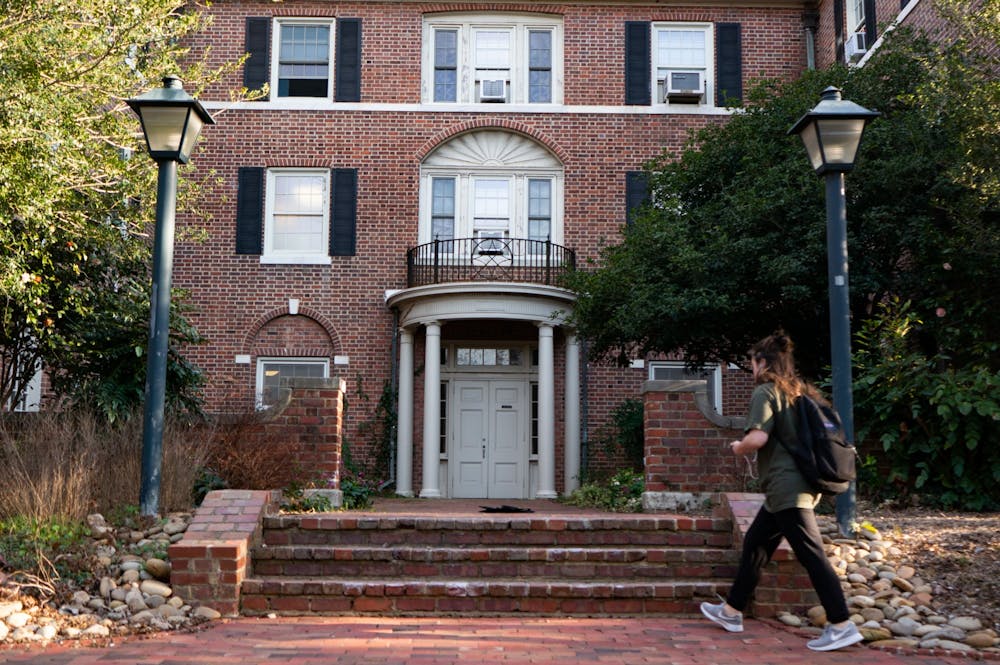Lead has been detected in 57 of 84 in-room sinks in Spencer Residence Hall, according to a notification sent to residents Tuesday obtained by The Daily Tar Heel.
The results ranged from 1.1 parts per billion to 34.6 ppb. Only three of the sinks had lead levels above the Environmental Protection Agency's threshold of 15 ppb requiring water systems to take action.
On Oct. 14, the University released partial results from Spencer Residence Hall, with three drinking fountains also found to have detectable levels of lead. The highest sample yielded 6.4 ppb.
According to the EPA, there is no safe level of lead exposure.
"We understand this is concerning, and you may have questions," Catherine Brennan, executive director of Environment, Health and Safety, said in the Oct. 18 notification. "We are responding with an aggressive, campus-wide effort working closely with our faculty experts to address this issue."
The University is deploying additional drinking water coolers to the residence hall for occupants to use while the investigation continues. Residents are encouraged to not use any blocked off fixtures.
In addition to the eight buildings found to have lead last month, four other buildings besides Spencer have been found with detectable levels. This includes one fixture each in Battle and Hill Halls as well as Stacy Residence Hall and the Henry Owl Building. Results were around or less than 2 ppb.
If any level of lead is detected, the University said it will completely remove fixtures from service and replace them.
The University is currently in the process of testing all buildings built in or before 1930 for lead. Spencer Residence Hall was constructed in 1924.




